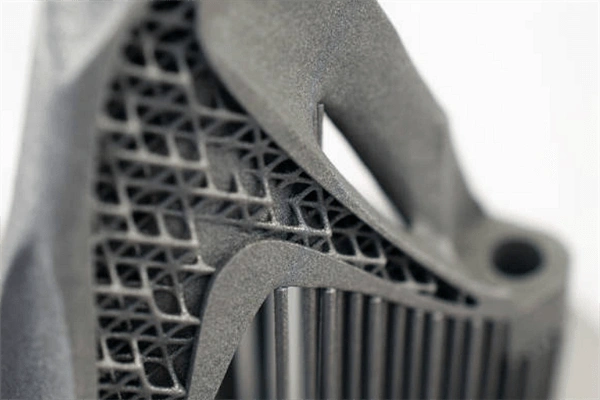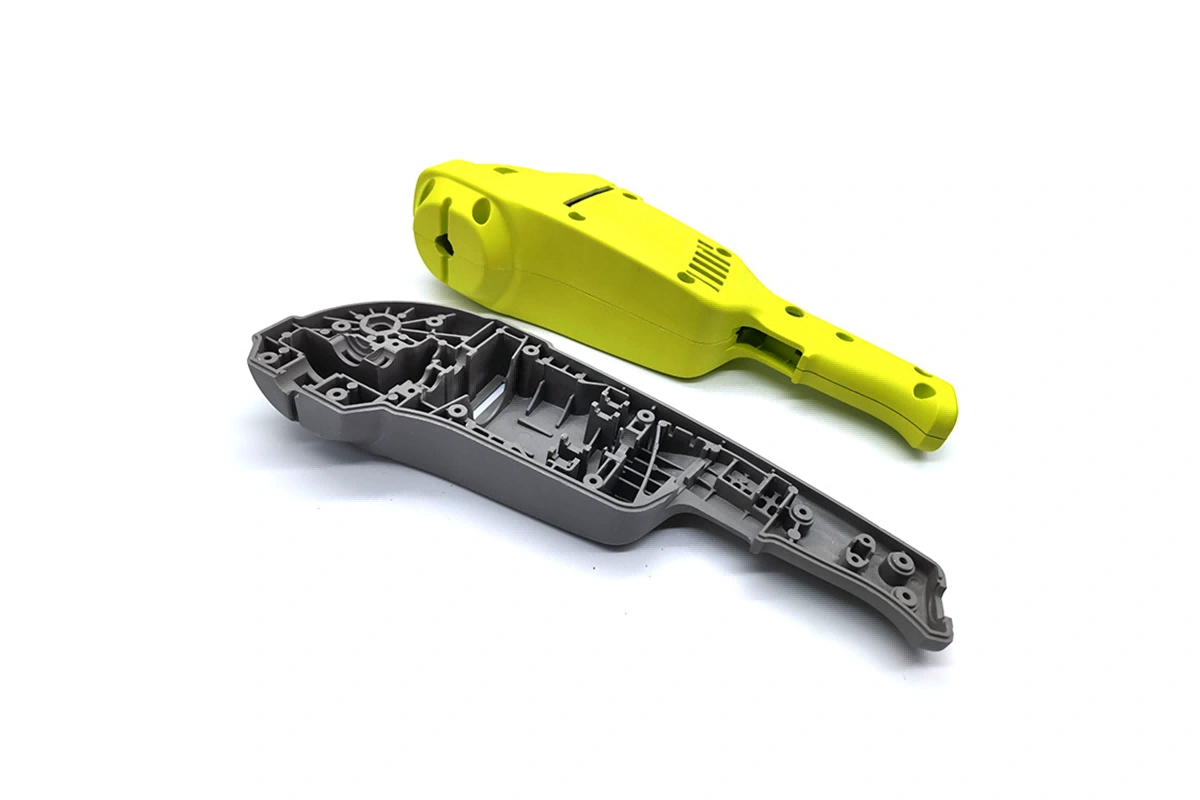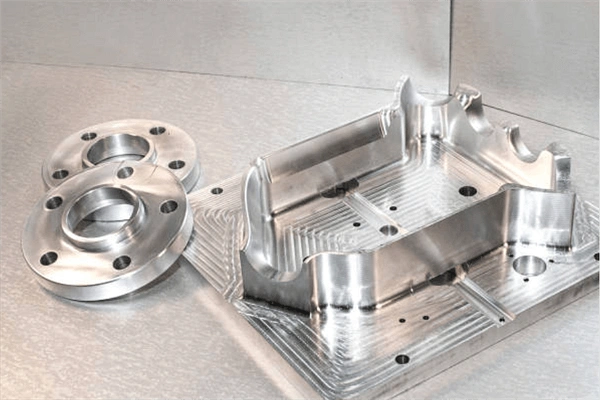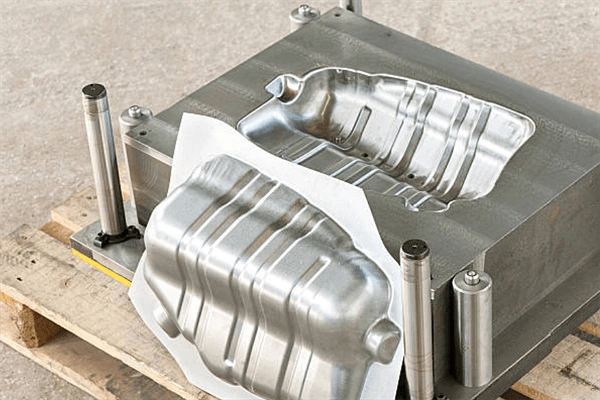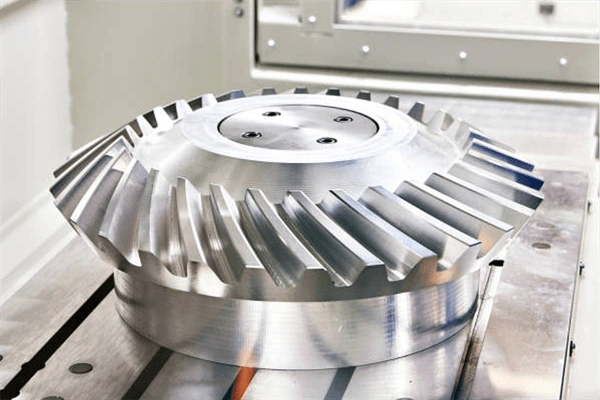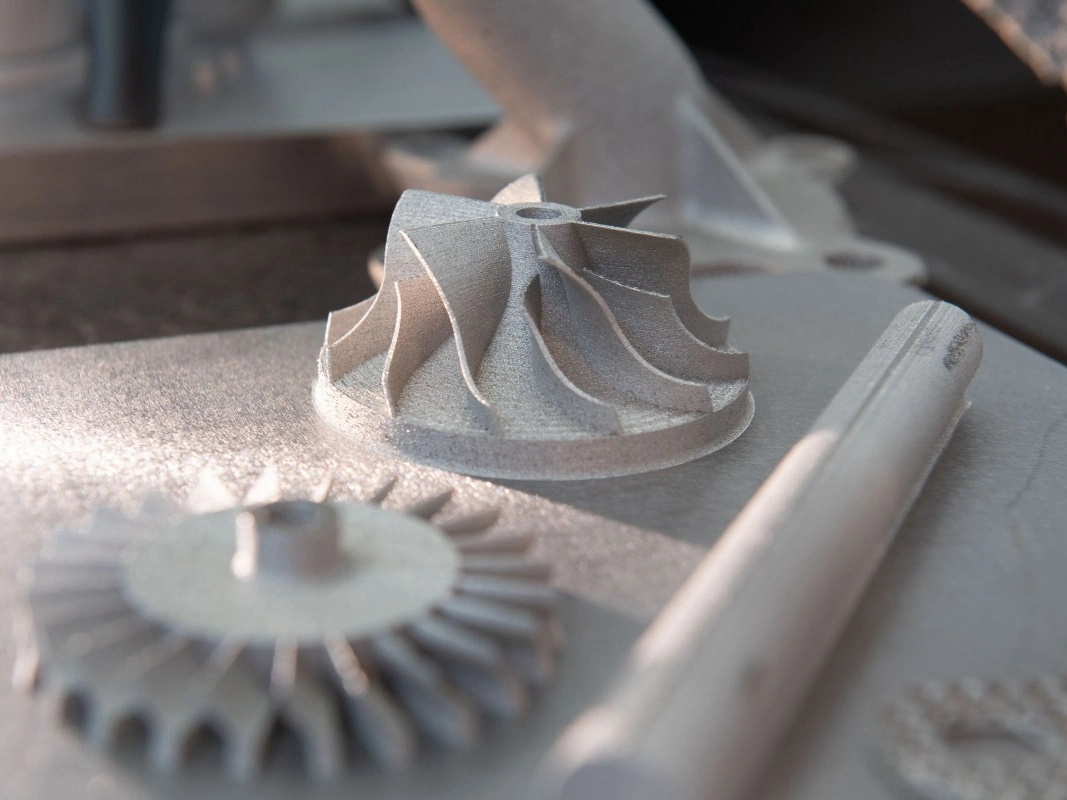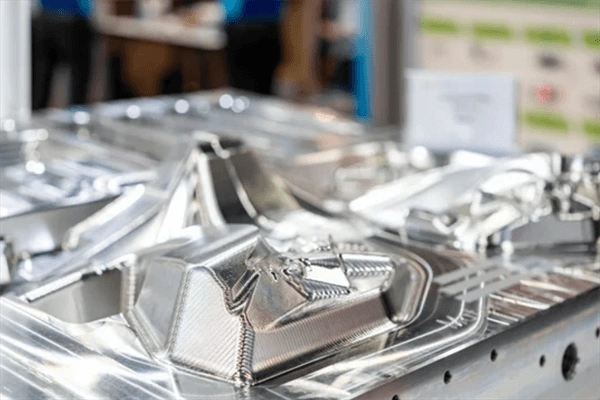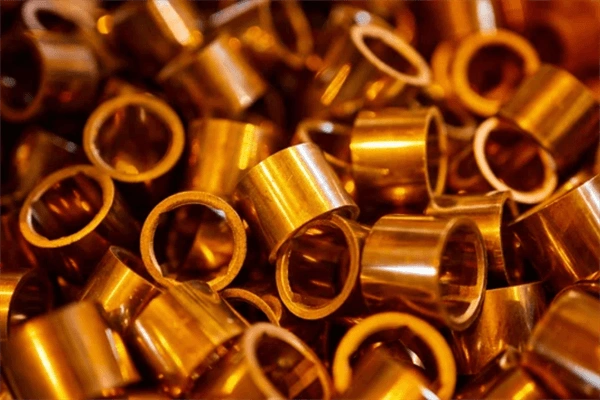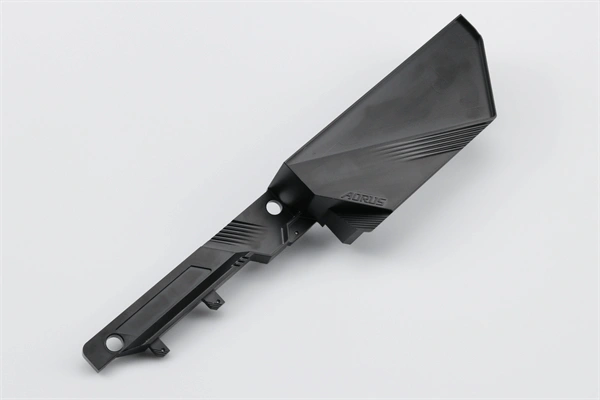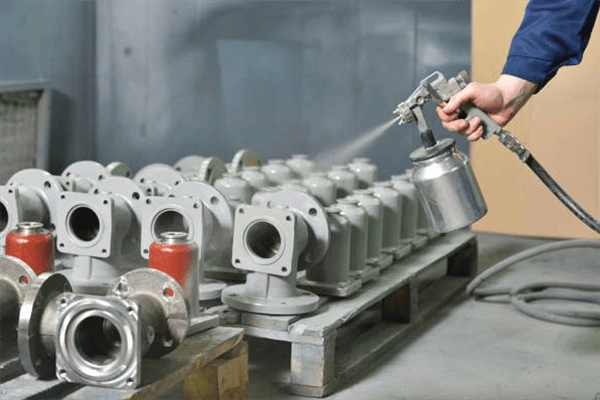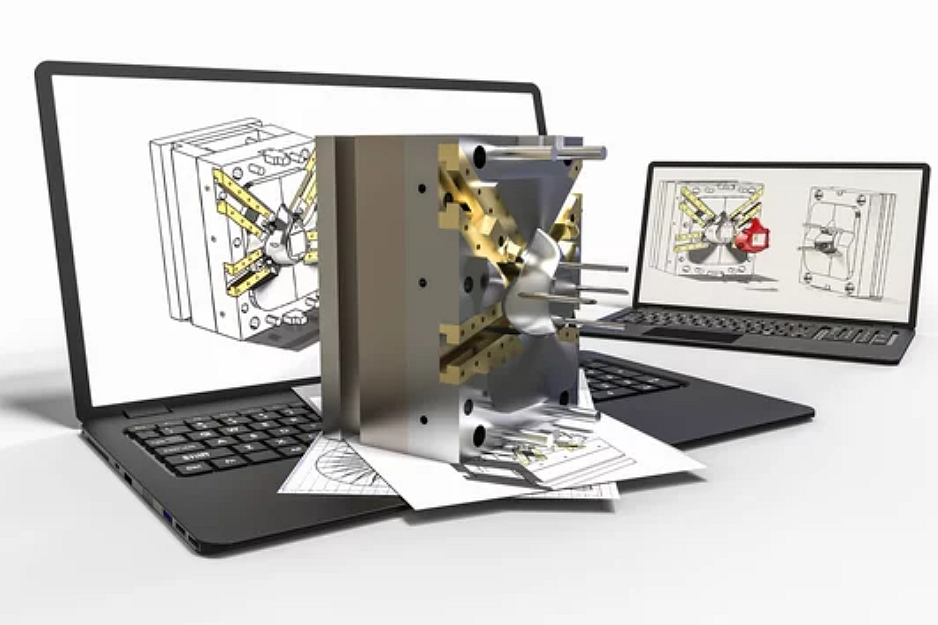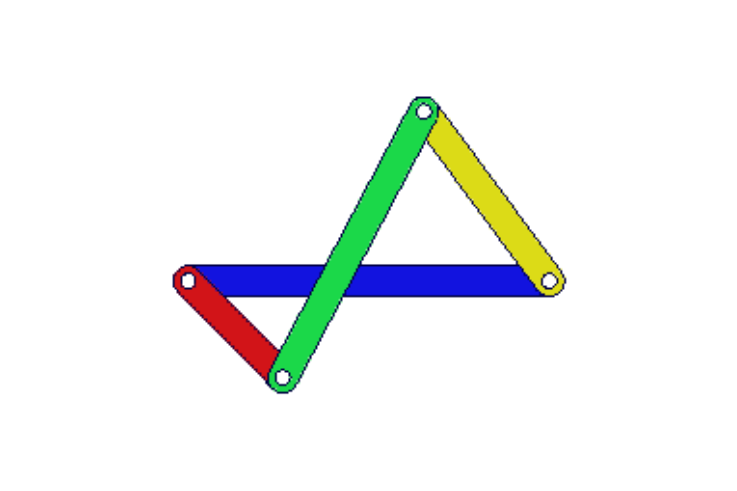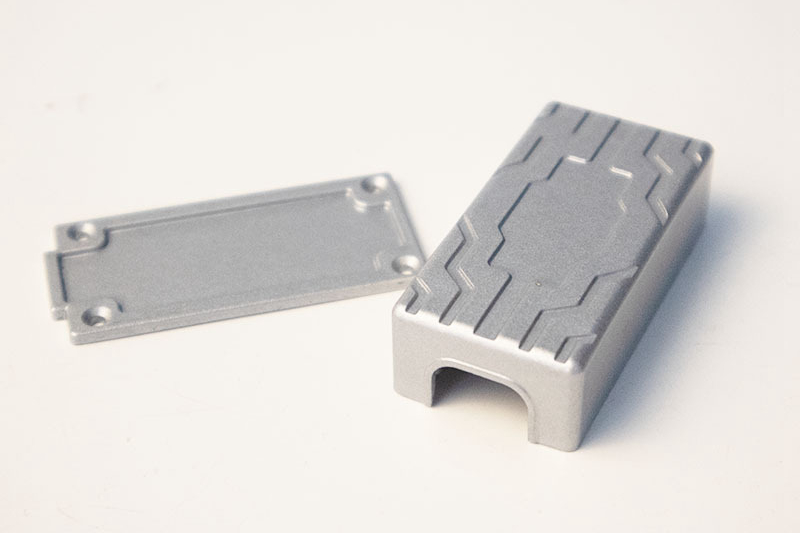Custom Parts Online Rapid Prototyping Service
Get your innovative ideas off the ground with our rapid prototyping service. We specialize in custom metal and plastic parts manufacturing, providing high-quality prototypes that match your exact specifications.
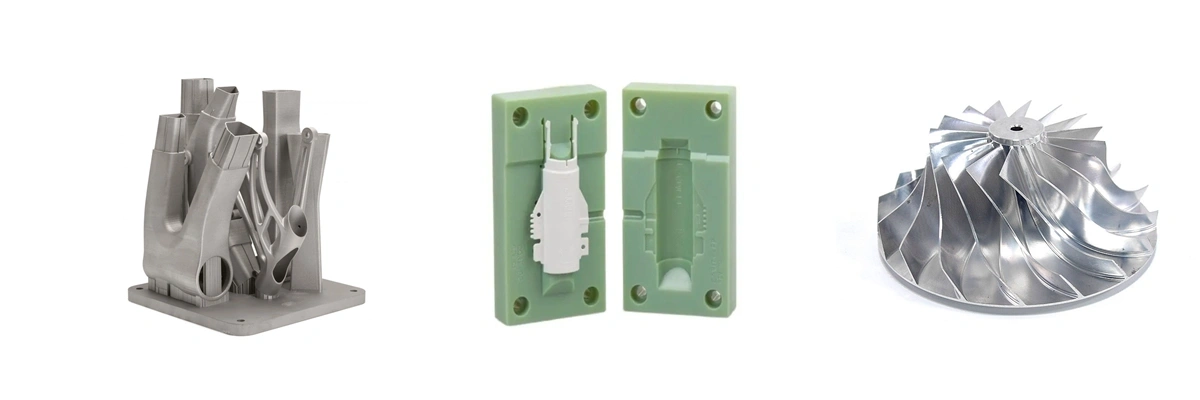
Send us your designs and specifications for a free quotation
All uploaded files are secure and confidential
Neway Prototyping Service Processing
We offer cost-effective prototyping solutions for your custom metal and plastic parts. Our expertise in manufacturing and prototyping ensures that your project stays within your budget without sacrificing quality.
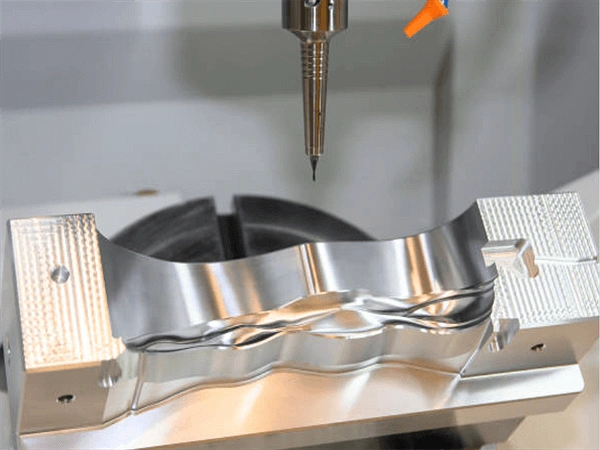
One of the major advantages of CNC machining is its ability to produce complex shapes and features with high precision and accuracy. CNC machines can work with a wide variety of materials, including metals, plastics, and composites, making it a versatile option for prototypin
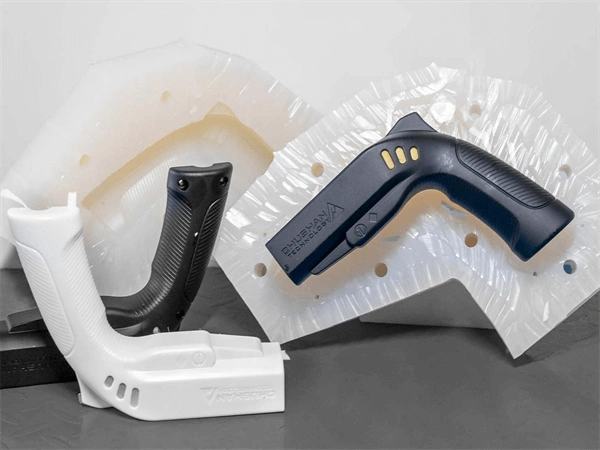
The main advantage of rapid molding is its ability to produce large quantities of parts quickly and cost-effectively. This makes it an ideal choice for prototyping parts that will be mass-produced later. Rapid molding also allows for the creation of complex geometries and features that would be difficult or impossible to achieve with other manufacturing methods.
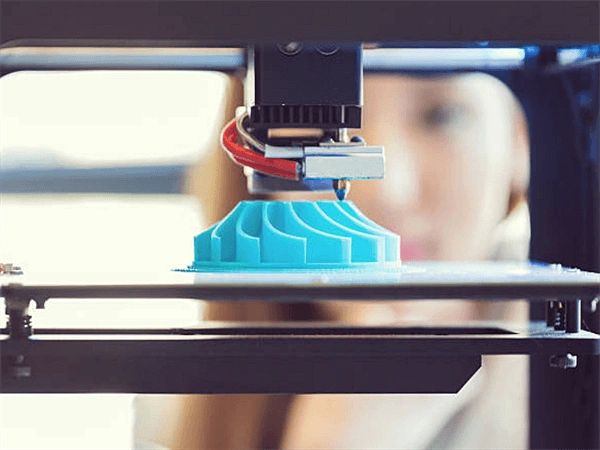
3D printing is a highly versatile prototyping method that can create complex shapes and geometries with ease. It also allows for the creation of parts with internal features and cavities that would be difficult or impossible to achieve with other methods. Additionally, 3D printing can produce parts quickly and with minimal material waste, making it a cost-effective option for prototyping.
Prototyping Methods Comparison
Explore the benefits of different prototyping methods: CNC Machining offers precision and durability, 3D Printing excels in complexity and speed, while Rapid Molding is cost-effective for medium volumes, combining good surface finish and dimensional accuracy for diverse materials.
Custom Parts Surface Finishing Available
Our Surface Treatment Service offers specialized finishes for custom parts, enhancing durability, aesthetics, and performance. We provide a range of processes, including Electroplating, Anodizing, Powder Coating, and Thermal Barrier Coatings, tailored to improve corrosion resistance, wear properties, and visual appeal of metal and plastic components across industries.
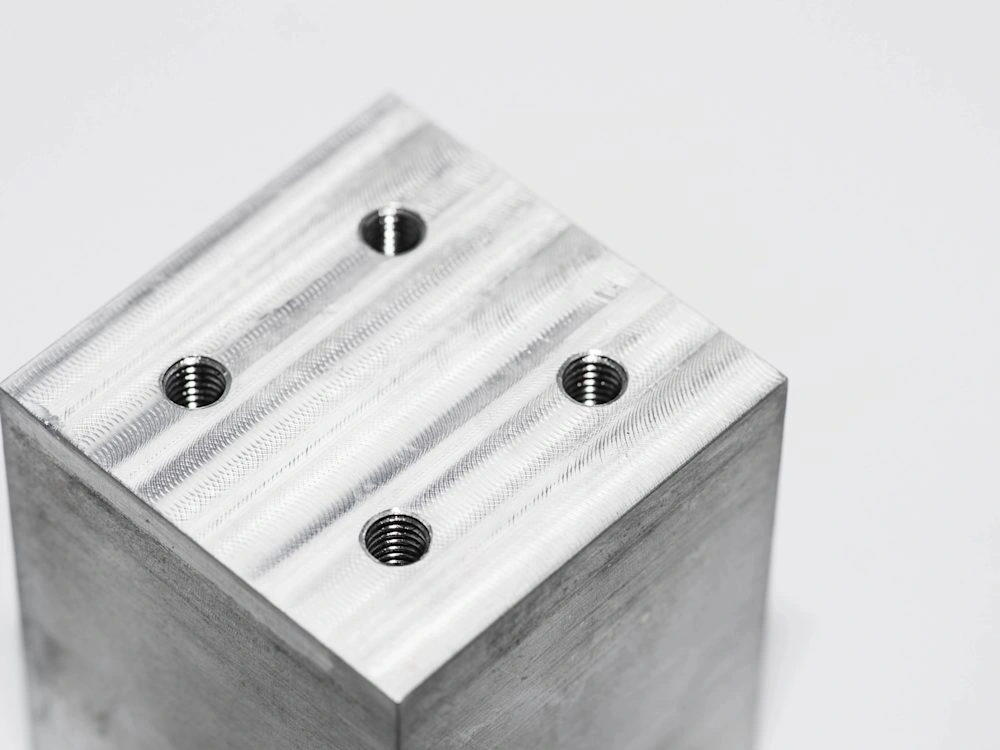
Learn More
As Machined
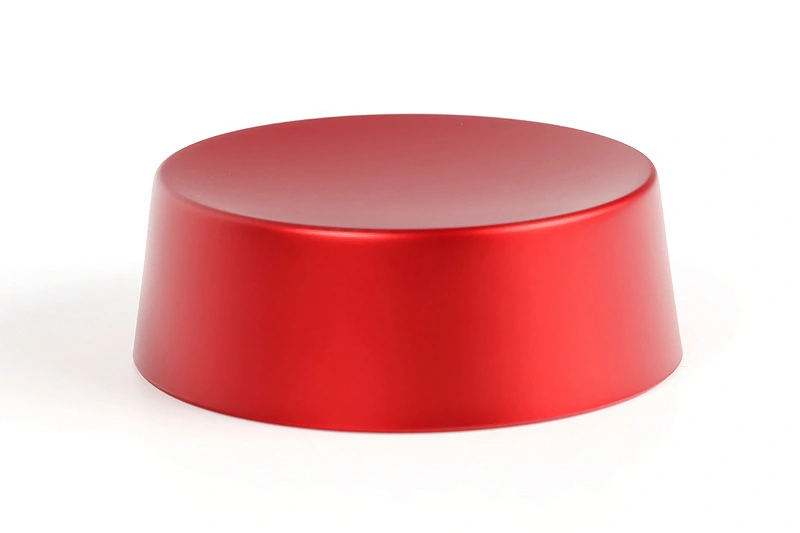
Learn More
Painting
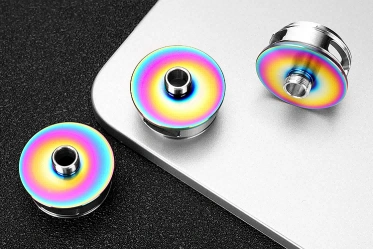
Learn More
PVD
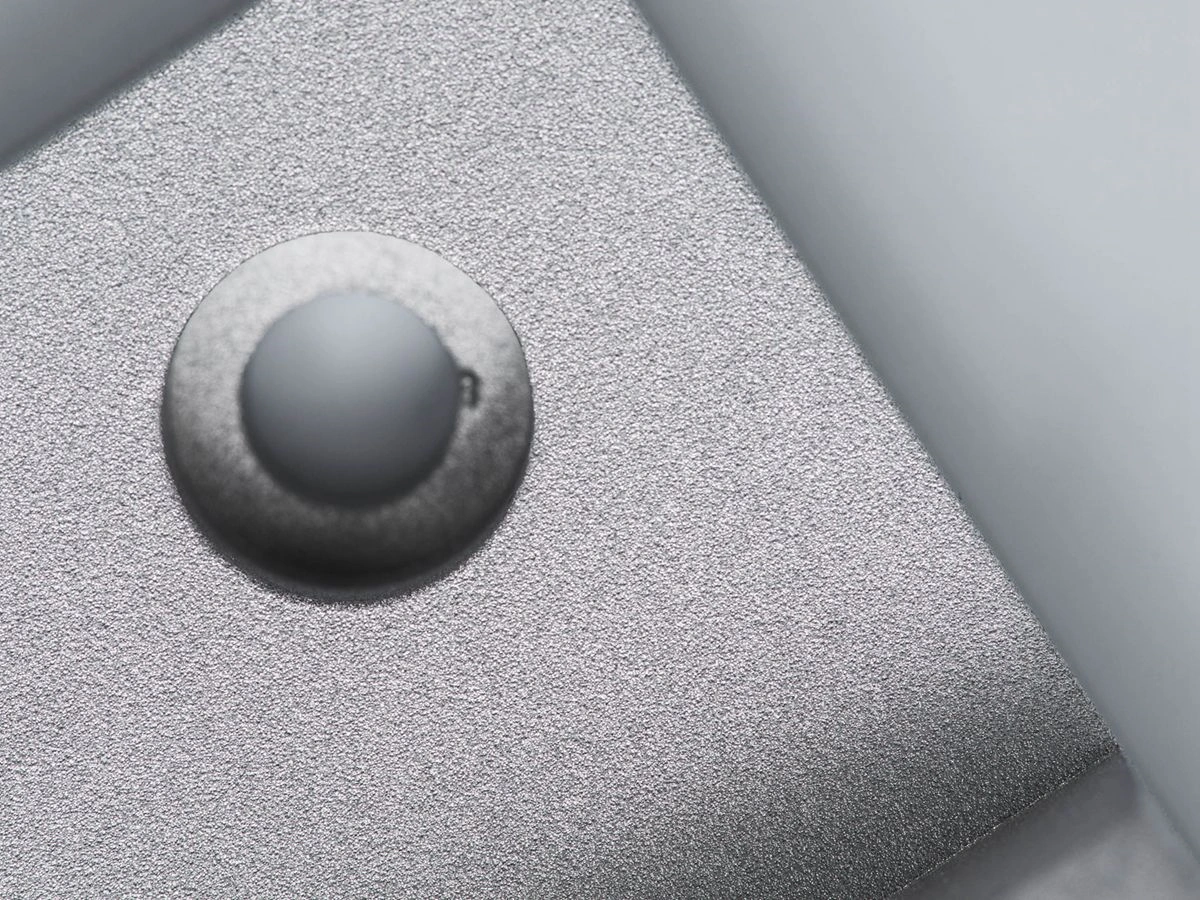
Learn More
Sandblasting
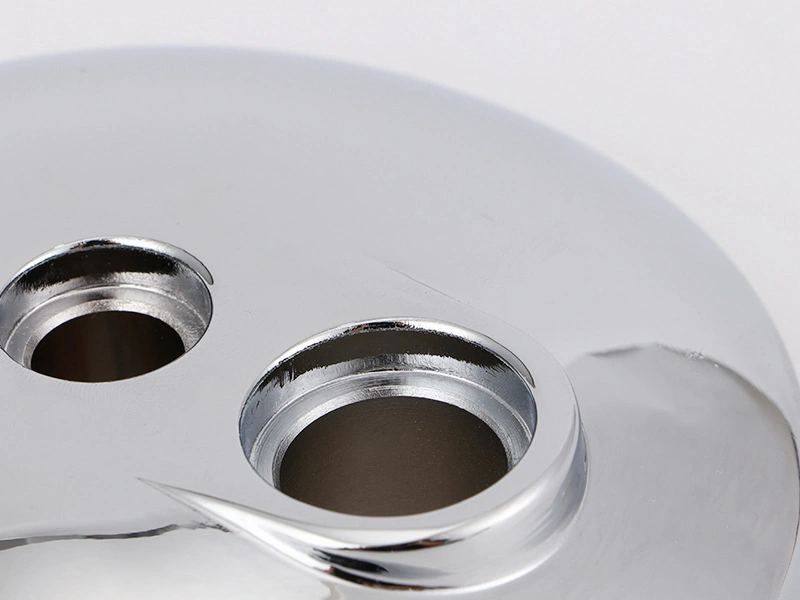
Learn More
Electroplating
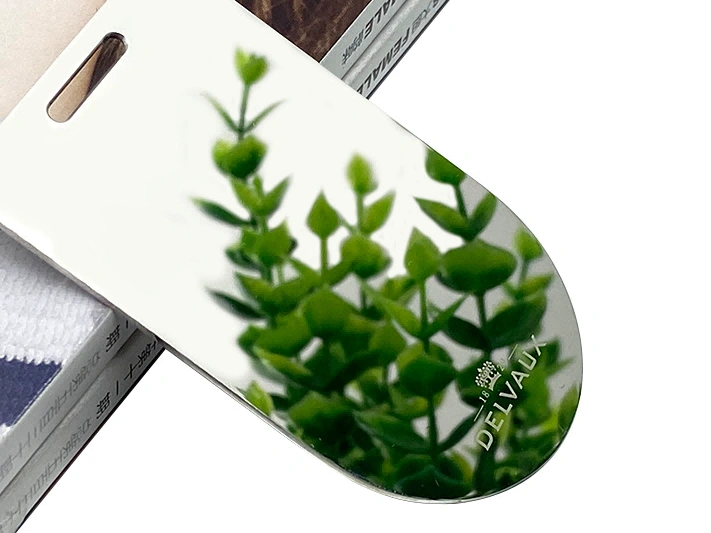
Learn More
Polishing
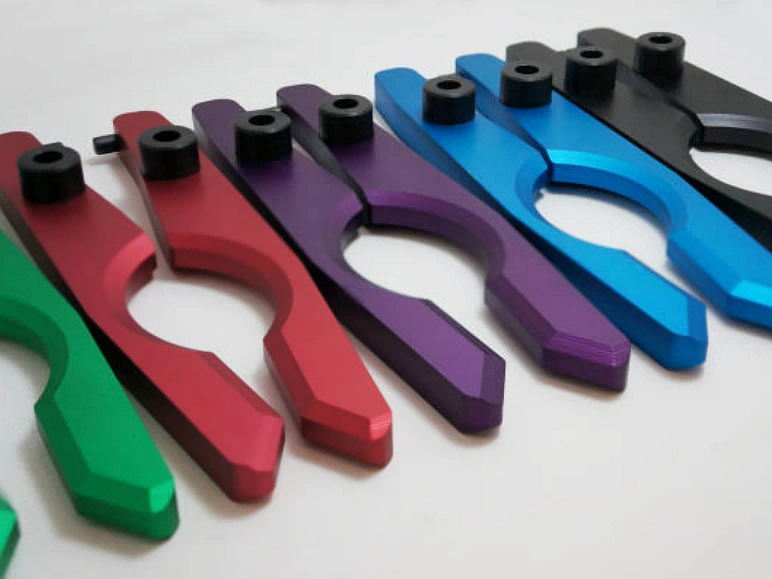
Learn More
Anodizing
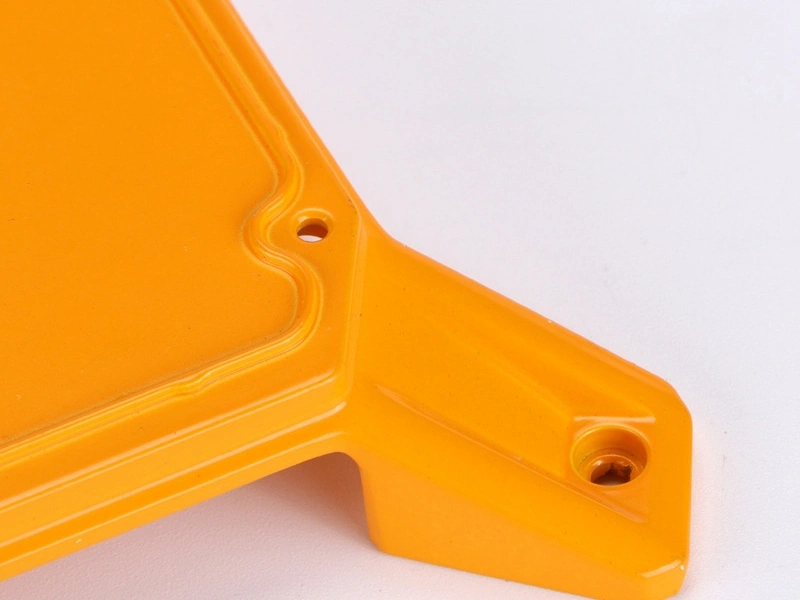
Learn More
Powder Coating
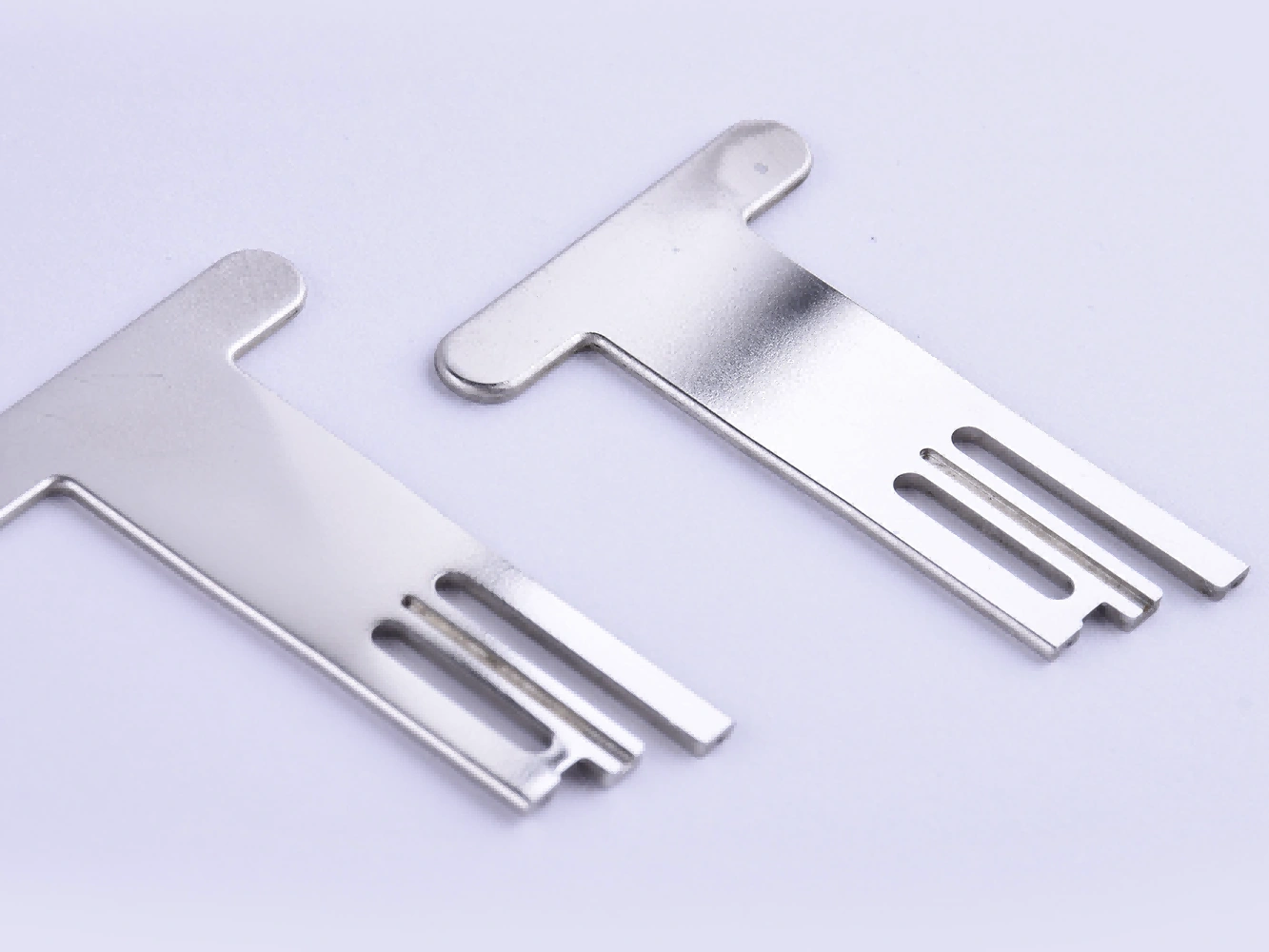
Learn More
Electropolishing
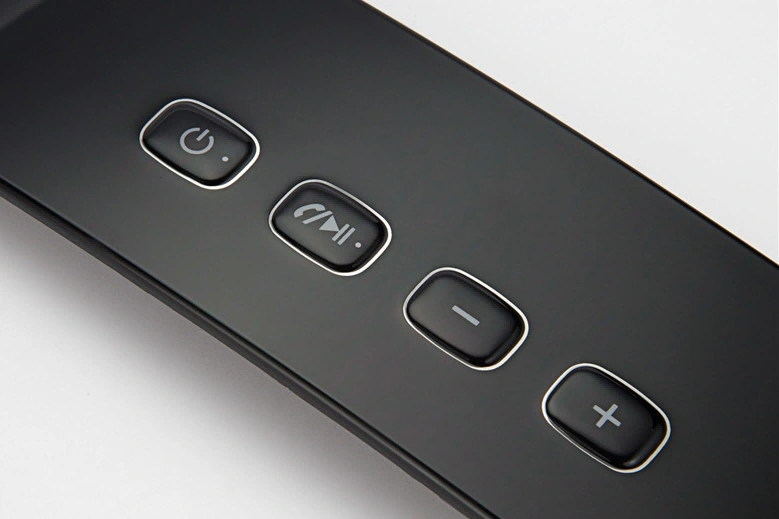
Learn More
IMD
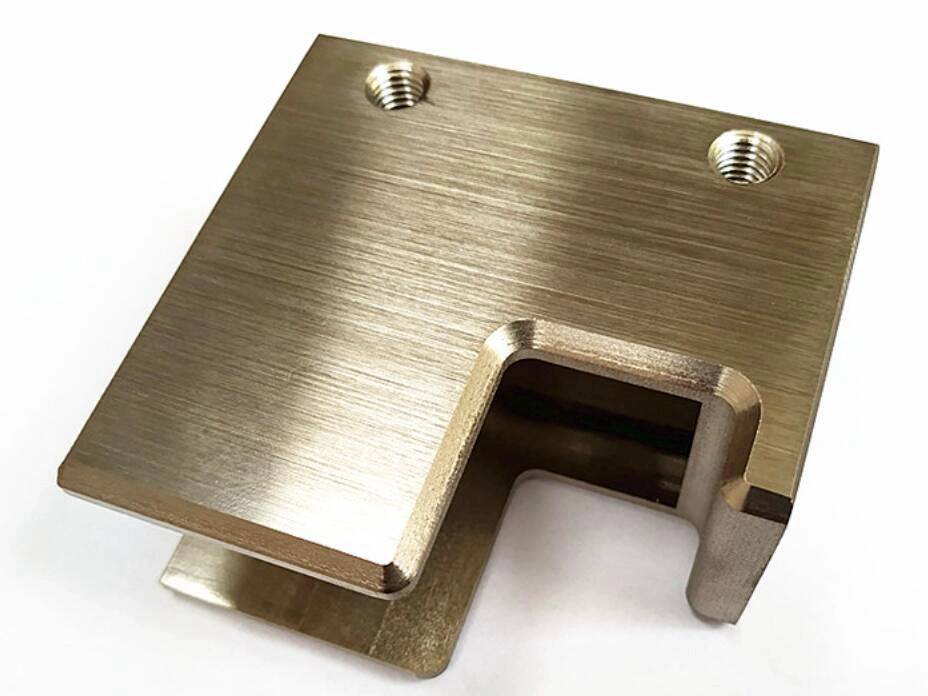
Learn More
Brushed Finishes
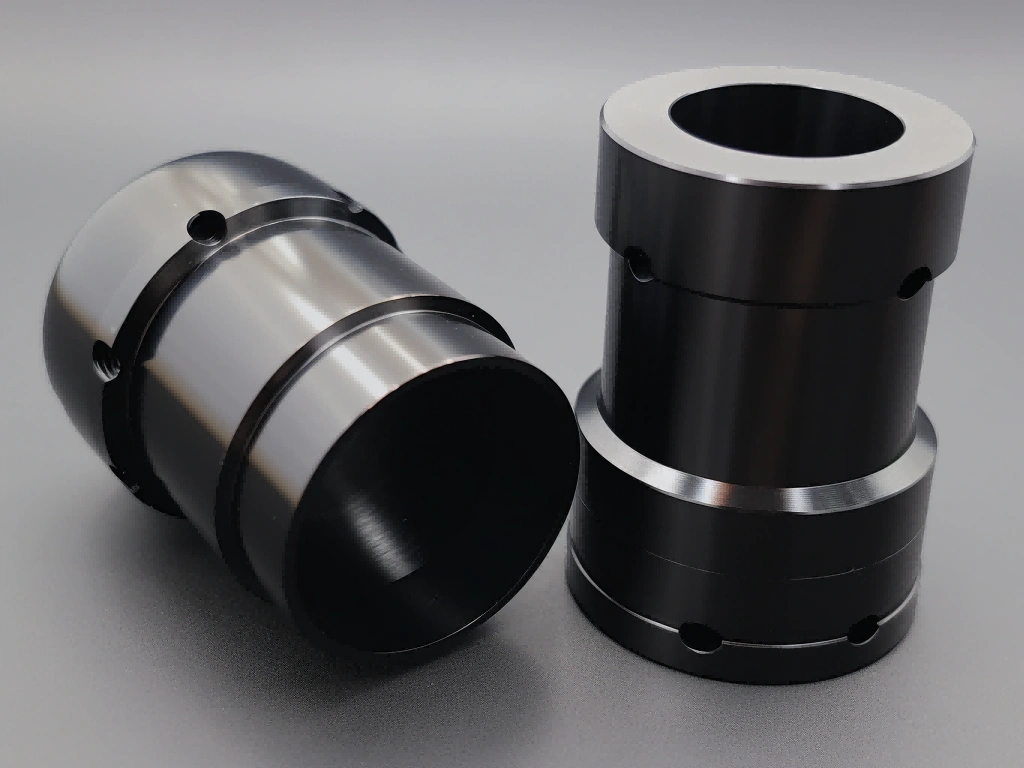
Learn More
Black Oxide
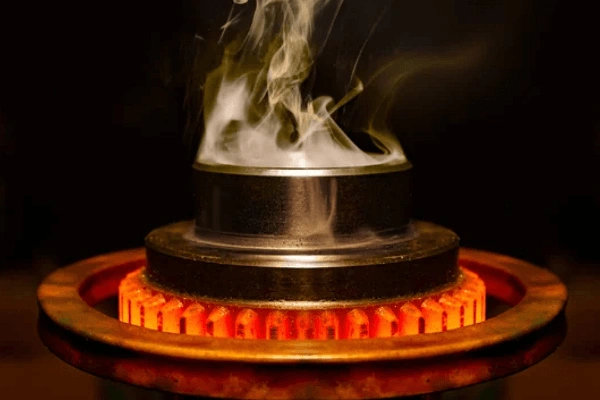
Learn More
Heat Treatment
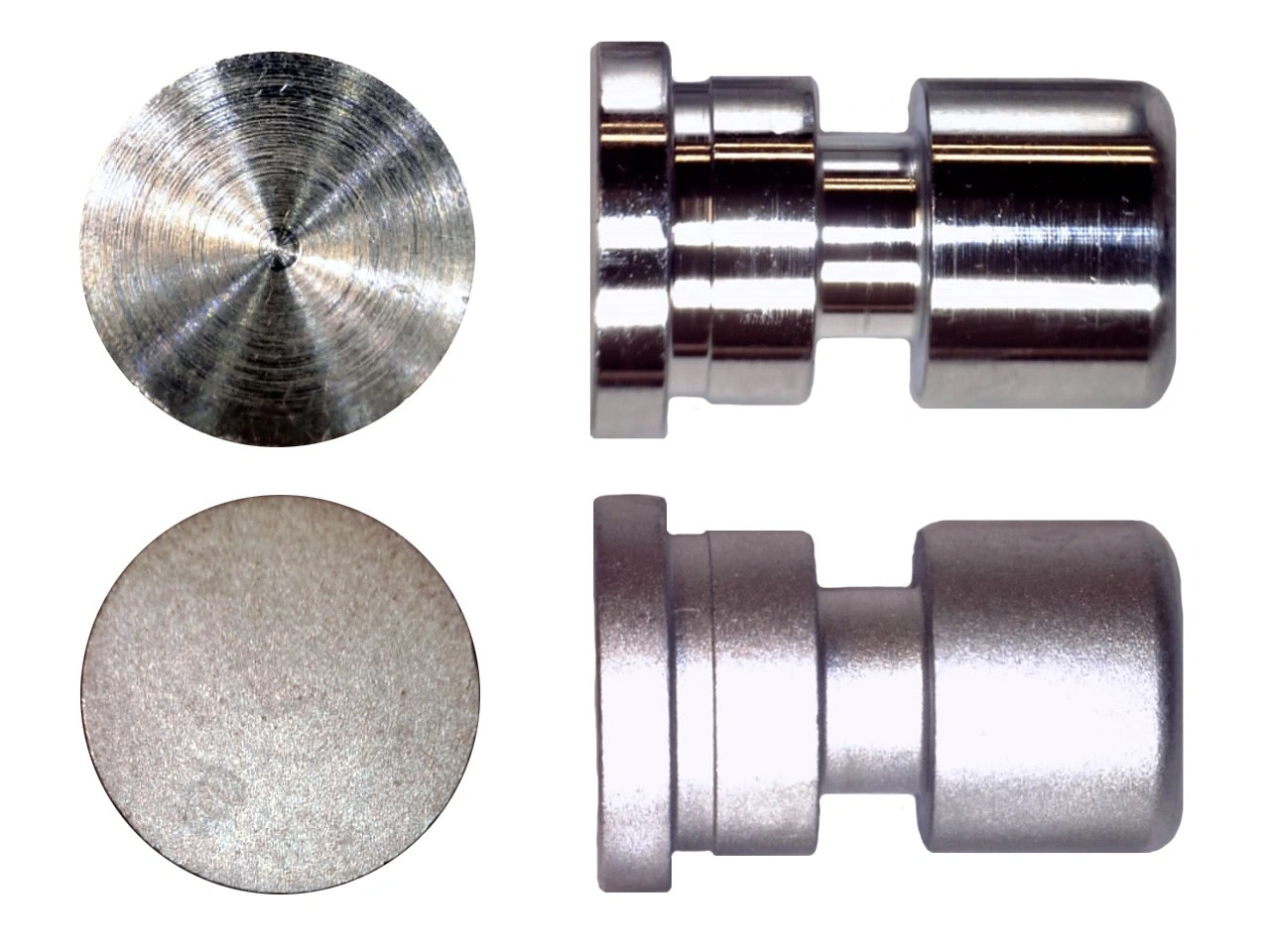
Learn More
Tumbling
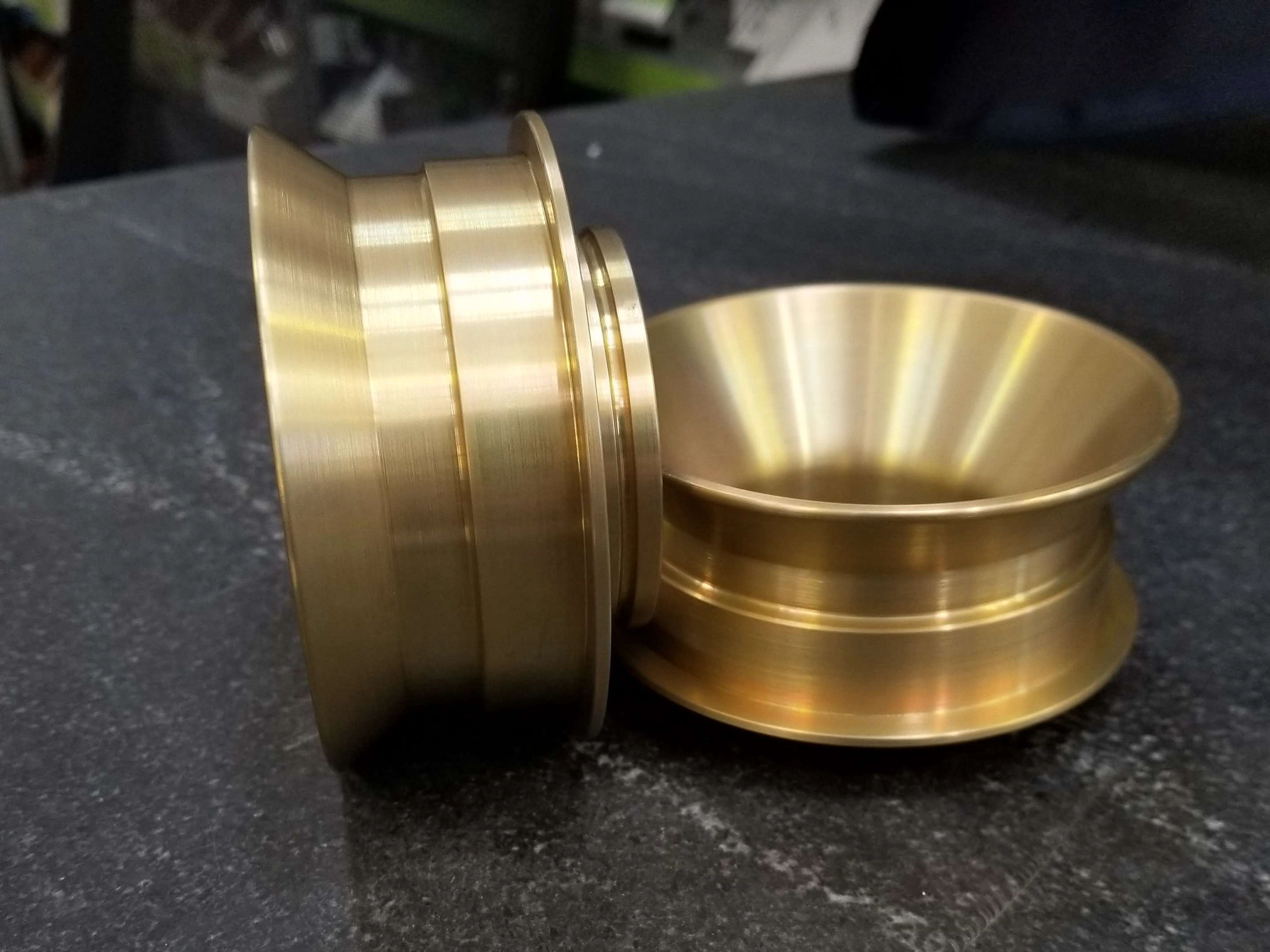
Learn More
Alodine
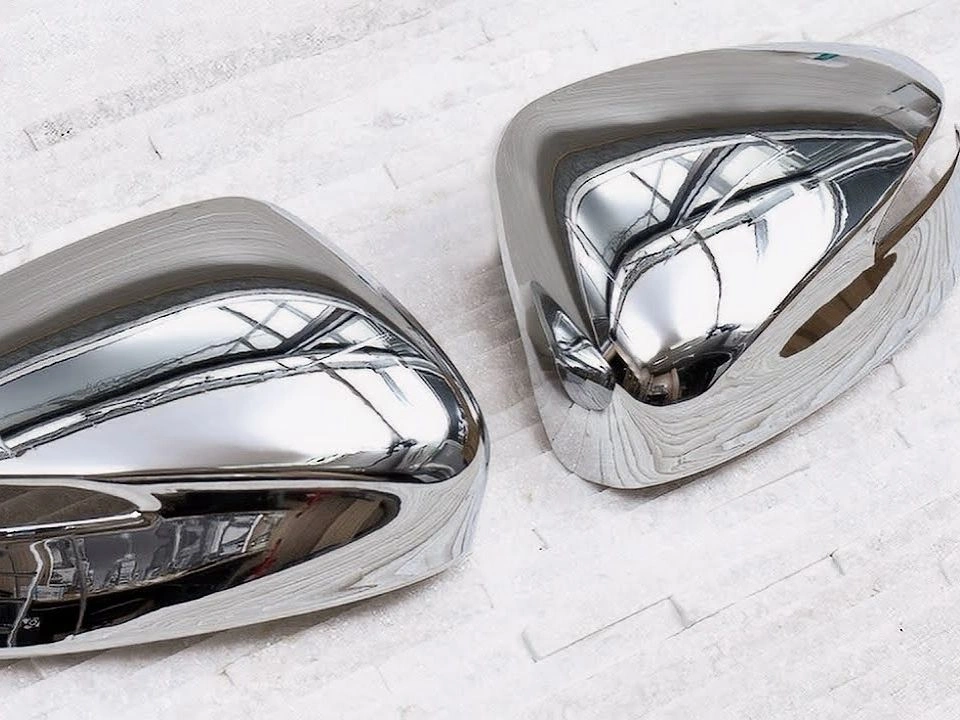
Learn More
Chrome Plating
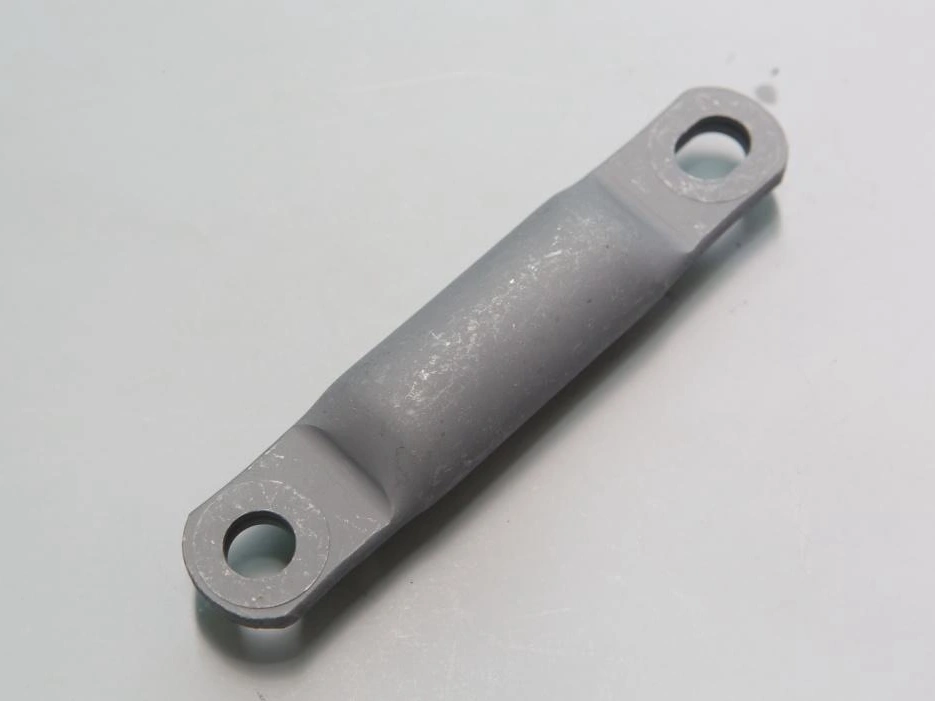
Learn More
Phosphating
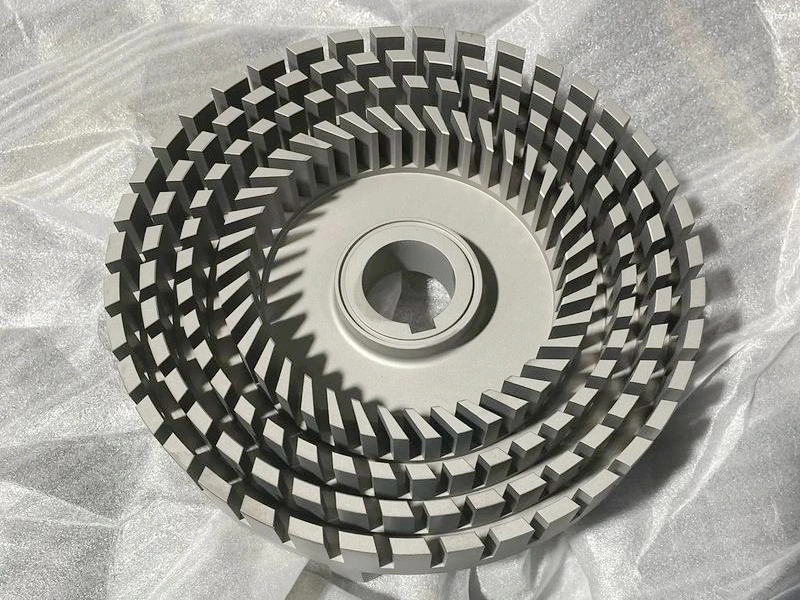
Learn More
Nitriding
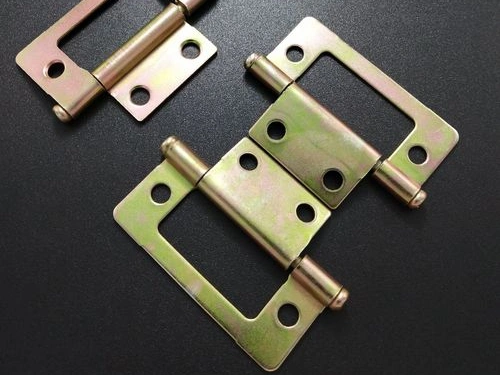
Learn More
Galvanizing
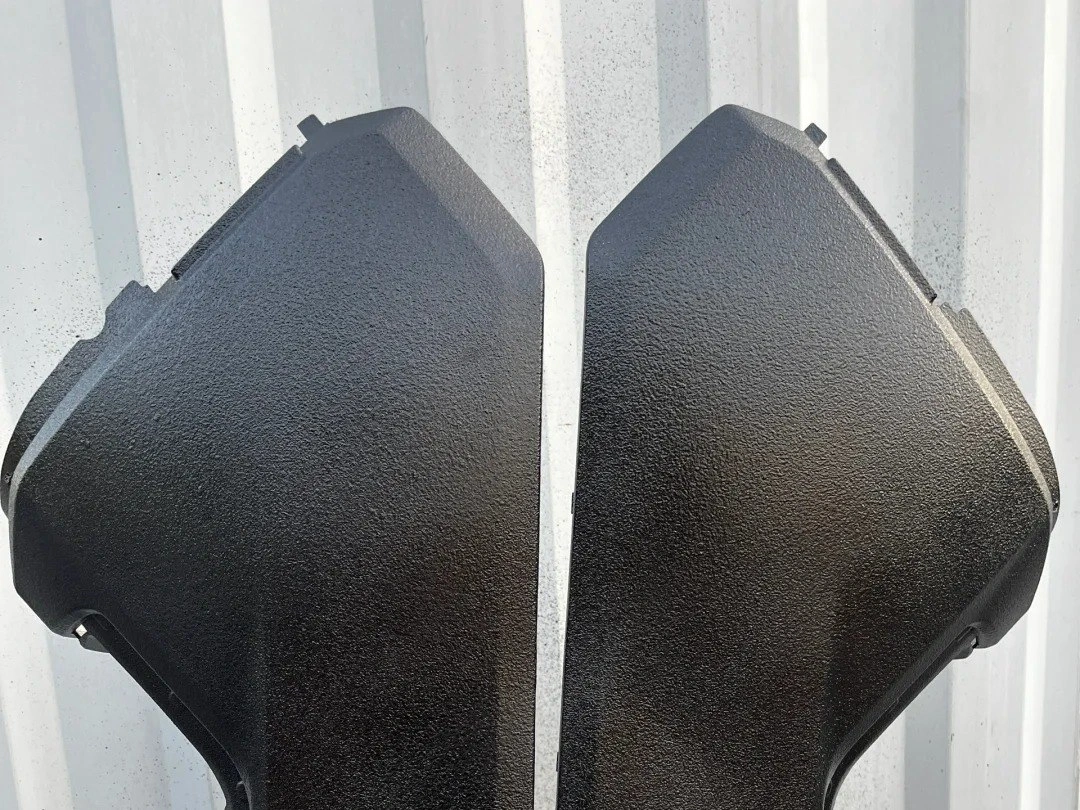
Learn More
Lacquer Coating
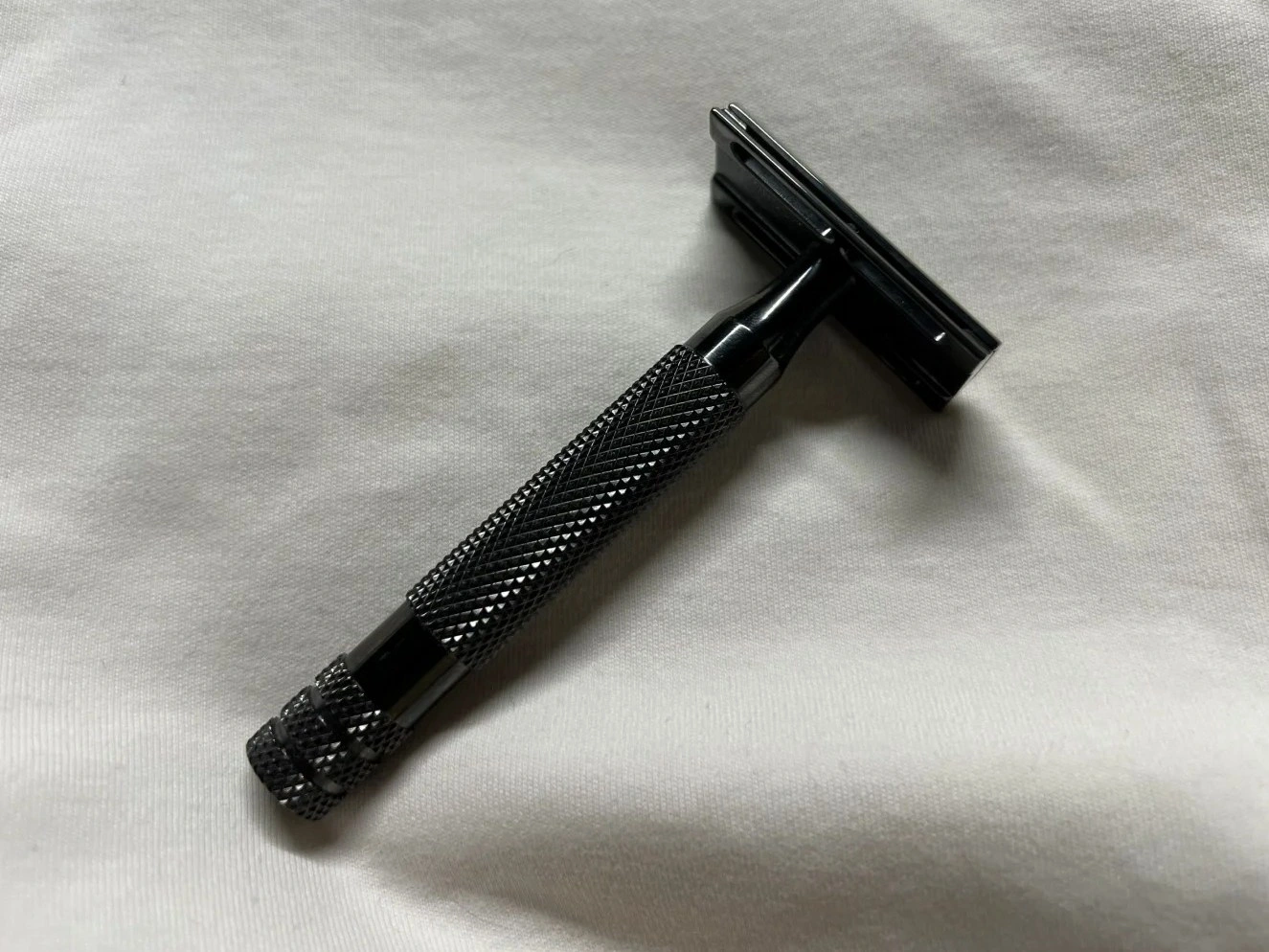
Learn More
Teflon Coating
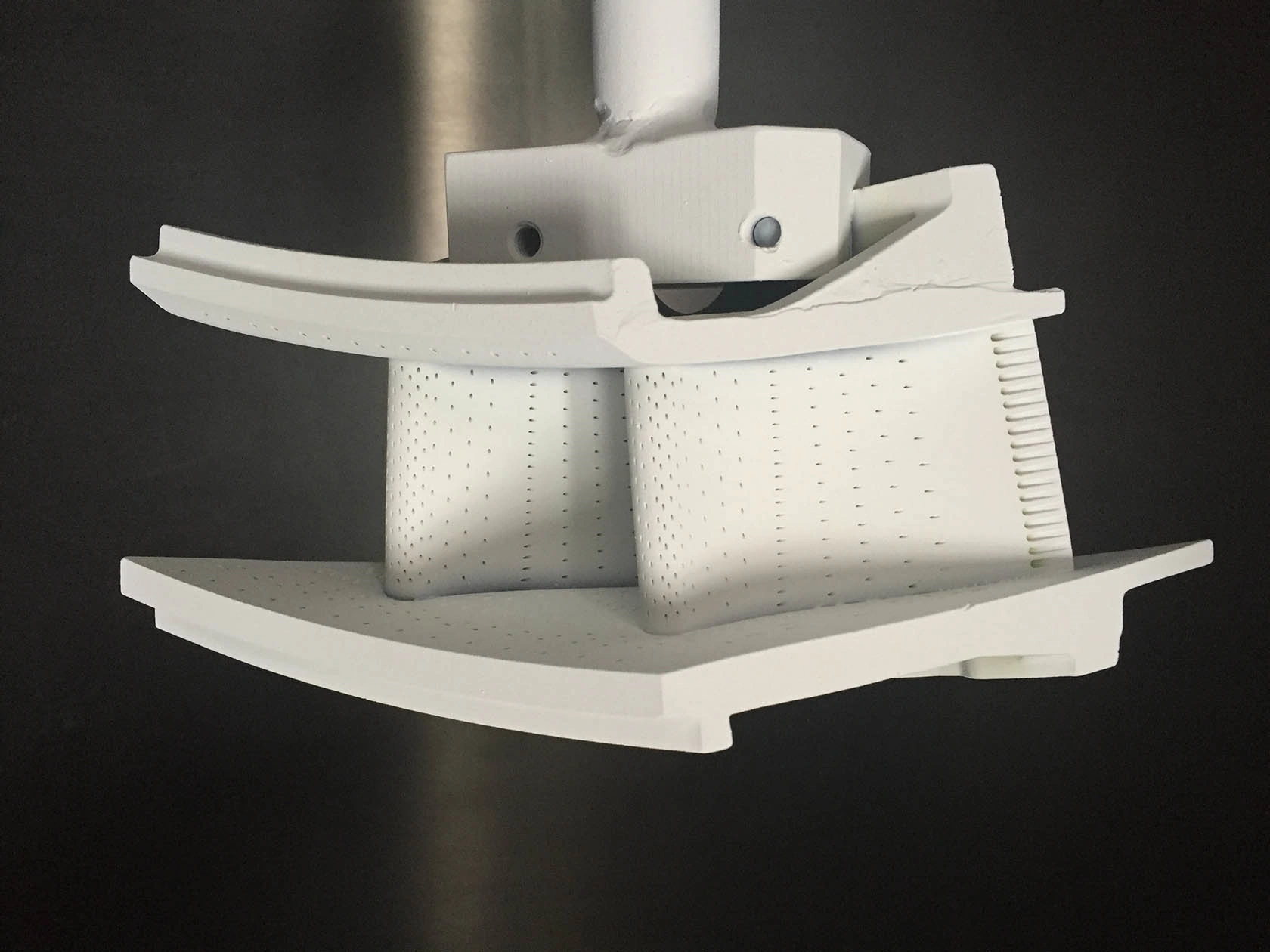
Learn More
Thermal Coatings
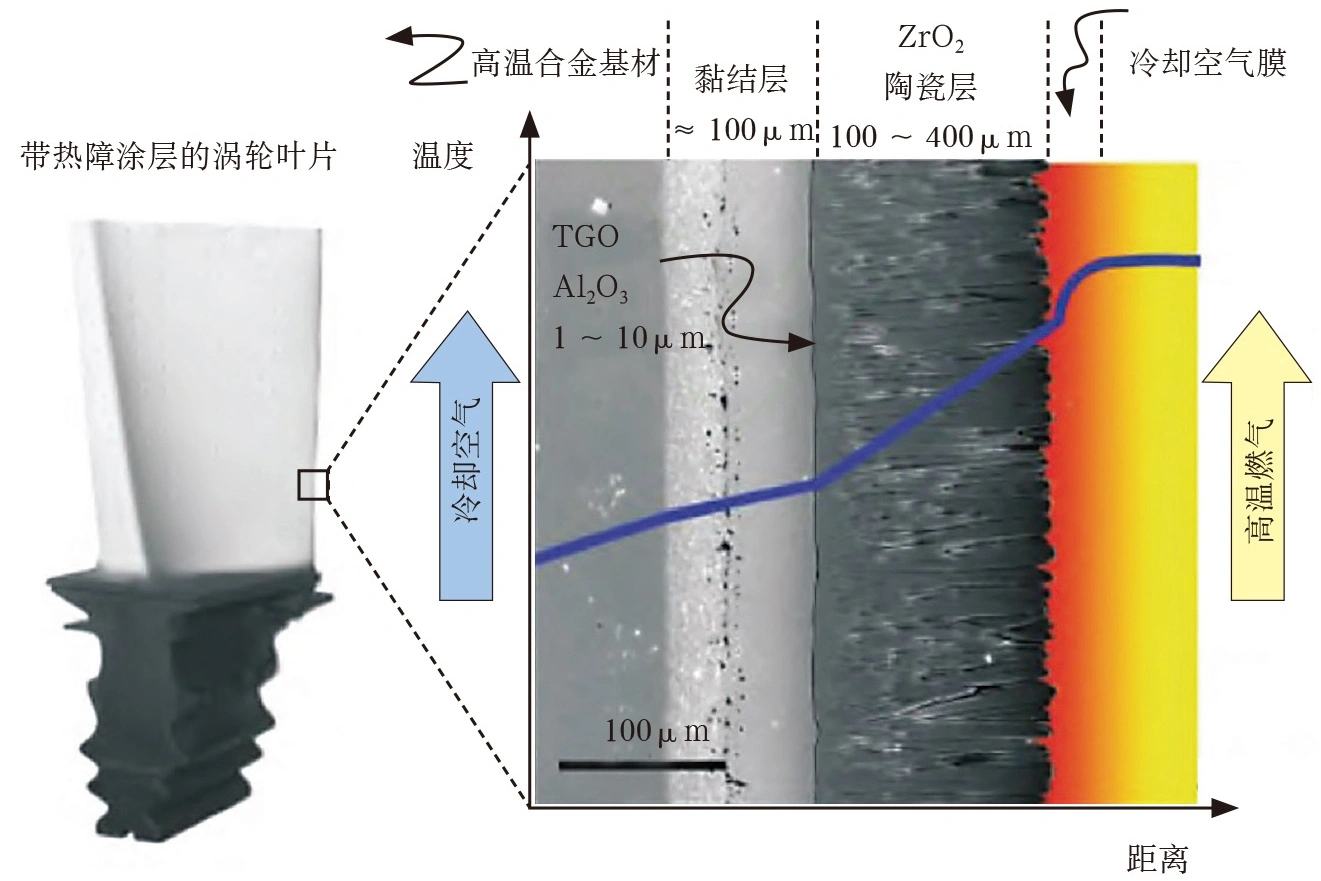
Learn More
Thermal Barrier Coatings
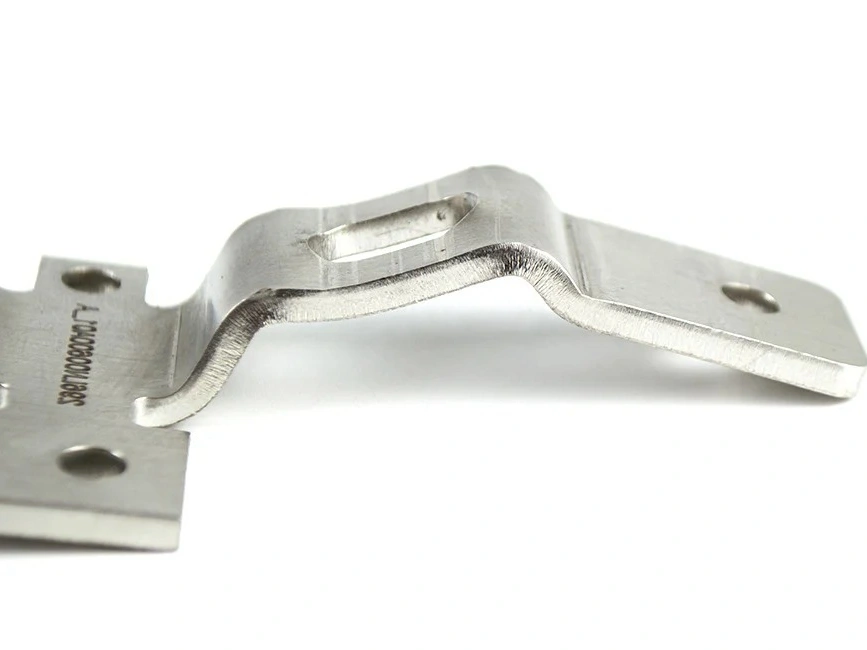
Learn More
Passivation
Custom Parts Gallery
At our custom parts gallery, we understand that every project is unique. That's why we work closely with our customers to ensure that their custom parts are designed to meet their exact specifications. With our attention to detail and commitment to quality, you can trust that your custom parts will exceed your expectations.
Let's Start A New Project Today
How to Choose the Prototyping Processing
Prototyping is a crucial process in product development that enables businesses to test, validate, and optimize their designs before moving into full-scale production. The benefits of prototyping include cost reduction, faster time to market, design optimization, and testing for potential issues or flaws. By identifying and addressing design flaws early on, businesses can save on costly mistakes and ensure that the final product is optimized for performance and cost-effectiveness. Additionally, prototyping allows for the testing of different materials, configurations, and features to ensure the final product meets requirements and specifications. Ultimately, prototyping is an essential step towards successful product launches and long-term success for businesses.
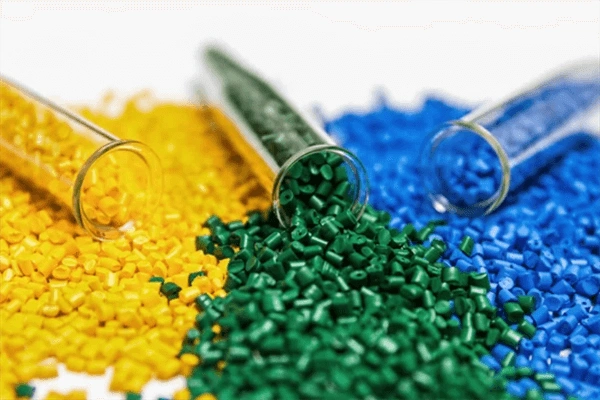
Material Requirements
Consider the type of material you need for your prototype. Some prototyping processes, such as CNC machining, offer a wide range of materials, while others, like 3D printing, have more limited material options.
Frequently Asked Questions
Explore Related Resources
Solutions
Copyright © 2025 Neway Precision Works Ltd.All Rights Reserved.
